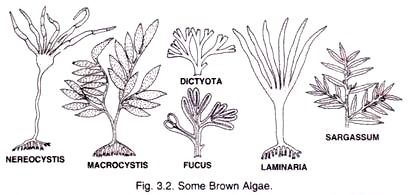ADVERTISEMENTS:
Two forms of Yolk: Granular yolk and Yolk platelets!
Yolk is the most usual form of food storage in the growing oocyte and egg.
Chemically it is composed of 48.7% water, 16.6% proteins, 32.6% phosopholipids and neutral fats and 1% carboydrate. It may be called ‘protein yolk” when it has more proteins than lipids, or “fatty yolk” when it has more fat contents than proteins.
ADVERTISEMENTS:
Most animal eggs contain both kinds of yolk.
Both these kinds of yolk occur in the following two forms:
[I] Granular yolk:
In the eggs of invertebrates and lower chordates such as Amphioxus and tunicates, the protein yolk is found in the form of fine granules which remain entirely distributed in the cytoplasm of the oocytes.
[II] Yolk platelets:
In most vertebrates (cyclostomes, elasmobranches, ganoid and lung fishes, amphibians, reptiles and birds) the yolk occurs in the form of large granules called yolk platelets. In amphibians, the yolk platelets are oval and flattened in one plane. Chemically they contain two proteinaceous substances—phosphovitin and lipovitellin.
ADVERTISEMENTS:
Phosphovitin is a highly phosphorylated protein (phosphorous content 8.4%) and the lipovitellin contains a considerable amount of bound lipid (17.5%). In the yolk platelets, two molecules of phosphovitin are associated with one molecule of lipovitellin in a structural unit. The units being arranged in the platelets in a crystalline lattice with regular hexagonal packing. Other animals have yolk platelets similar to amphibians. However, the yolk of some bony fishes has fat droplets inside its mass.
Surrounding the crystalline portion of the platelets is less dense material that may be polysaccharide. Associated with the yolk are enzymes that will be used after fertilization to break down these large storage molecules for the use of embryo. One of these enzymes, phosphoprotein phosphatase, splits off phosphate, thereby solubilizing the yolk proteins. Another enzyme, a cathepsin, can then breakdown the protein.
In addition to yolk platelets, the amphibian egg contains lipid and glycogen. The lipid is in the form of lipochondria, which has an internal core of lipid surrounded by a thin coat of protein. At the end of oogenesis, the yolk platelets are larger and more tightly packed at one end of the egg, the vegetal pole.


